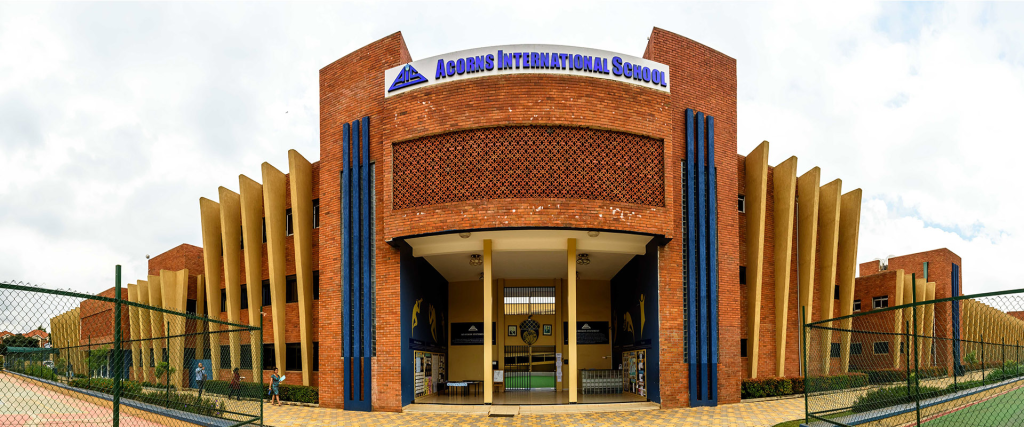
Contents
- Ownership
- Affiliations
- Facilities
- Curriculum
- School fees structure
- School fees payment plan
- Classroom rating style
- Teachers and teaching style
- Extracurricular activities
- Rules & regulations
- Student Penalties
Local and international schools in Uganda are usually hard to compare if you haven’t been to one on either side. Before we dive into the details of this, there’s a simple way to define local and international schools.
Local schools are schools that conform with the standards of Uganda’s curriculum and are under the grading standards of the education ministry while international schools are those that conform with the standards of their country of origin.
Clearly, there are some schools that have every quality of local schools, but simply have the word ‘international’ added to them. So, let’s take a look at the differences between international and local schools.
1. Ownership
International and local schools differ a lot in who owns and runs the school. However, there are a few intersections as you see below.
Local schools: Usually owned by native entrepreneurs, or registered citizens. However, some of these schools are funded by organizations abroad.
International schools: Owned by international organizations, businessmen. As It turns out, the branches here are usually just an extension/ branch of the school abroad
2. Affiliations
These are connected bodies, organizations, institutions, religions, etc that dictate the activities at a school. Sometimes they’re directly owned by those institutions.
Local schools: Most times, these schools are linked to local organizations and institutions. A few local schools are linked to international non-profit organizations that usually fund them toward achieving a certain purpose.
International schools: They are exclusively linked to international institutions and organizations depending on the country they’re from.
3. Facilities
These include the buildings and other architectural structures within the school premises. This is influenced by a lot of factors, and culture also counts.
Local schools: Ugandan schools have no specific or predetermined fashion, even though there’s a common fashion adopted by many. One can even decide to build the English or American way if they want.
International schools: The building style/ fashion is usually adopted from their indigenous style, depending on the country they come from. For example, an American international school will build the American way.
4. Curriculum
Local schools: All local schools are subject to the Ugandan designated curriculum by National Curriculum Development Center (NCDC), and do final exams set by Uganda National Examinations Board (UNEB). This means they even conform to the grading standards.
International schools: They conform to the grading and examination principles of their country of origin. The same applies to their curriculum.
5. School fees structure
Local schools: School fees are usually lower than in international schools, except a few schools that overcharge. They are paid in Uganda shillings.
International schools: School fees are usually higher than in local schoolsand usually in Dollars or Pounds.
6. School fees payment plan
Local schools: School fees are paid on a termly basis, and installments are allowed in most schools.
International schools: Payments are made upfront at the beginning of every semester or year, and installments are not allowed.
7. Class numbering style
Local schools: Local education system requires elementary school levels to be ranked from Primary One (P1) to Primary Seven (P7), secondary from Senior One (S1) to Senior Six (S6)
International schools: International, say American schools use their indigenous class system; Grades K-5 (Elementary), Grades 6-8 (Middle) and Grades 9-12 (High)
8. Teachers and teaching style
Local schools: Local schools employ local teachers only, usually because they’re adept with the system and are compliant with the pay. The teaching style is more theoretical than practical.
International schools: Employ mainly international (imported) labor, and a few locals, especially their alumni, because they’re adept with their system. The teaching style is more hands-on, project-based and usually student-centered.
9. Extracurricular activities
Local schools: Usually put a little emphasis on sports, music or technical extracurricular activities, because they’re at times expensive to maintain, meaning fees increment.
International schools: Usually put much emphasis on extracurricular activities, and it’s hard to find an international school without a basketball court, football pitch or swimming pool.
10. Rules & regulations
Local schools: Tend to have more rules than international schools, because they go across all domains from order, study, time, and what you can/ cannot have.
International schools: Students at these schools are usually allowed some privileges like phones, computers or even non-uniform clothes on some days but usually regulated on the usage.
11. Student Penalties
Local schools: Students can be penalized by physical pain infliction (caning), cleaning the compound, suspension, expulsion etcetera.
International schools: After issuing thorough warnings to parents, a student can be either suspended or expelled, but they don’t inflict physical pain on any student.
Conclusion;
These differences actually matter a lot, because they determine whether a child will be comfortable in a school, either local or international. And as you probably already know, the comfort your child feels at school does a lot to determine their attitude towards learning.

Comments are closed.